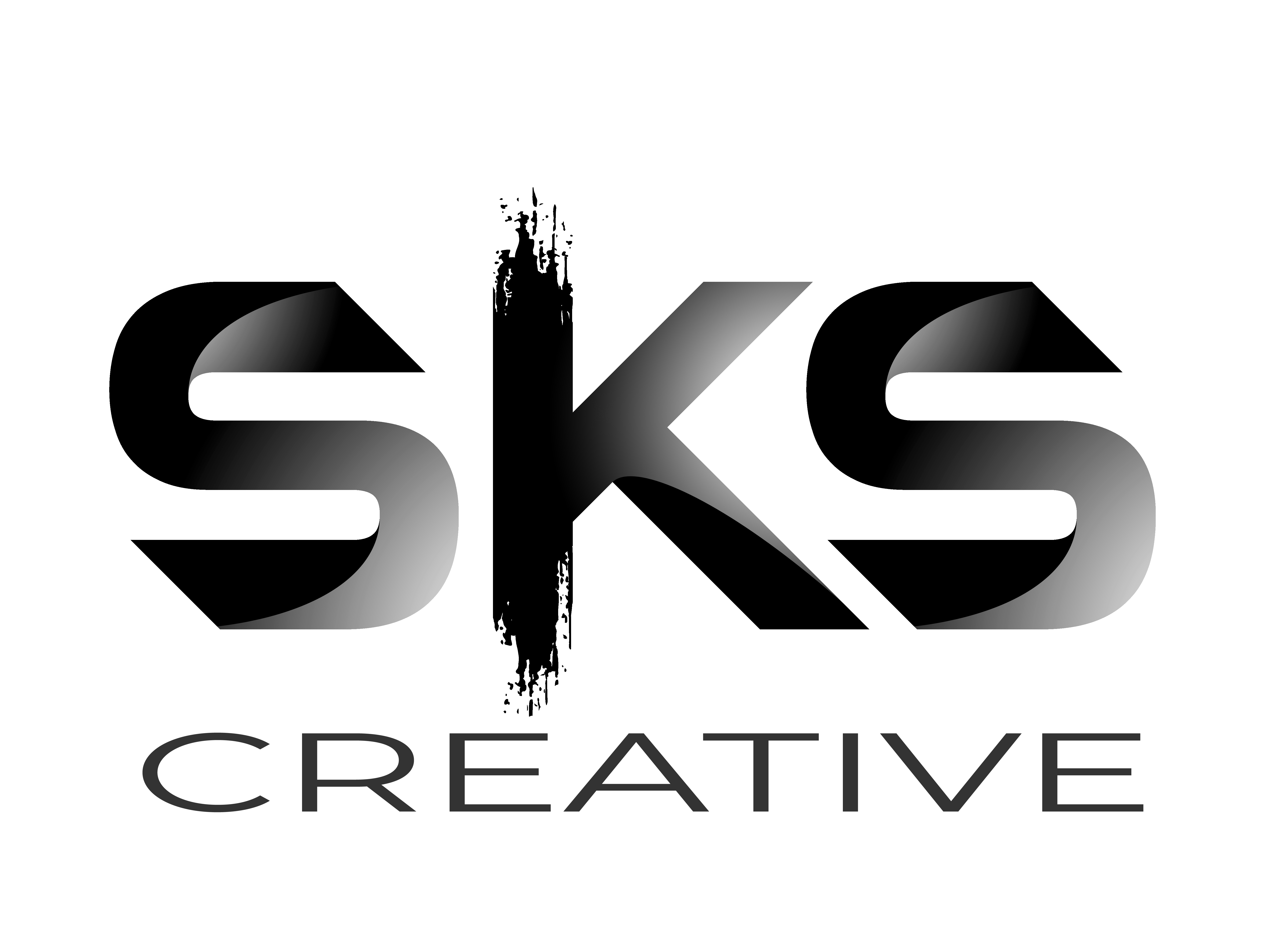Neftali Loria
CREATED BY
10:02
20 of 25 - Editor X Dynamic Pages
20 of 25 - Editor X Dynamic Pages: A Complete Guide on Creating Dynamic Content
Hey, everyone! We're back with another exciting lesson sponsored by Editor X, where we dove deep into creating dynamic pages for your web applications. Whether you're working on a movie catalog, an online store, or anything in between, understanding how to effectively create and manage dynamic content is crucial for a successful and engaging website. So, without further ado, let's jump right in!
In our previous lesson, we covered how to create a movie catalog with static content. But the world of web development is ever-changing, and incorporating dynamic content is essential for any interactive experience. In this post, we'll guide you through the process of creating a dynamic website for your movie catalog in Editor X. Grab a cup of coffee, and let's get started!
Step 1: Import Your Data from a CSV file
First, we need to gather all the content we want to include in our movie catalog. For this example, we'll use data from a CSV file, such as movie titles, release dates, cover images, cast members, and genres. Importing this data into Editor X is simple with the "Import Data" option. This will allow you to select your CSV file and import all the necessary information into your platform.
Keep in mind that we'll be focusing only on movies in this post, but the same process can be applied to games, TV shows, or any other type of content you want to feature on your website.
Step 2: Create a Collection for Your Content
Now that we have our data imported, it's time to create a collection to store it. In Editor X, create a new collection called "Movies" or "Catalog" to arrange and manage all your movie content. This will make it easier for you to build dynamic pages later on when you reference specific movie information.
Step 3: Add Multi-Reference Fields for Cast and Genres
With your movie catalog collection created, it's time to add fields that will connect your movie content with your cast members and genres. Editor X offers a neat feature called "Multi-Reference Fields," allowing you to create connections between multiple content types - which comes in handy for cases like this.
To create a multi-reference field for cast members, simply add a new field in your collection and select the "Multi-Reference" field type. Choose the appropriate collection for the cast members, and save your changes.
The same process can be applied to genres, but since a movie can only belong to one genre, you can create a regular "Reference" field type for this purpose.
Step 4: Create Dynamic Pages
Now that we have our movie catalog set up with all the necessary information, we can finally start creating dynamic pages in Editor X. A dynamic page is a template that automatically generates content based on the information stored in your collection. Essentially, you create one dynamic page layout, and Editor X will populate it with the appropriate content for each movie you have in your catalog.
To create a dynamic page in Editor X, navigate to your page list and select "New Dynamic Page." When prompted, choose the collection you want to connect to your dynamic page (in our case, "Movies" or "Catalog").
Following that, start working on your dynamic page layout. You can include elements like movie titles, thumbnails, release dates, cast members, and any other relevant information you'd like to display.
Keep in mind that the elements you add to your dynamic page layout will pull information from your movie catalog collection, so make sure to connect each element to its corresponding field in the collection.
And there you have it! You've successfully created a dynamic website for your movie catalog in Editor X. Now, for each movie you add or update in your catalog, your dynamic page layout will adapt accordingly.
Final Thoughts
Dynamic content is essential in today's fast-paced digital world. Whether you're operating an online store or showcasing a vast movie catalog, dynamic pages keep your website engaging and up to date.
Don't forget to check out our monthly NoCode Design Challenges at LiveLearning.EditorX.io for a chance to win awesome prizes and join an amazing community of designers passionate about building design businesses and furthering their careers.
We hope this lesson on Editor X dynamic pages has been insightful and valuable to you. If you haven't already, be sure to give Editor X a try and start exploring the endless possibilities that come with dynamic content in web design. Happy creating!


Join over 5,000+ people learning, helping each other to scale their freelance/design business, taking no-code challenges, collaborating, talking about their projects, and more!
Join Designers & Creatives From All Over The World!

More Like This #Tag













